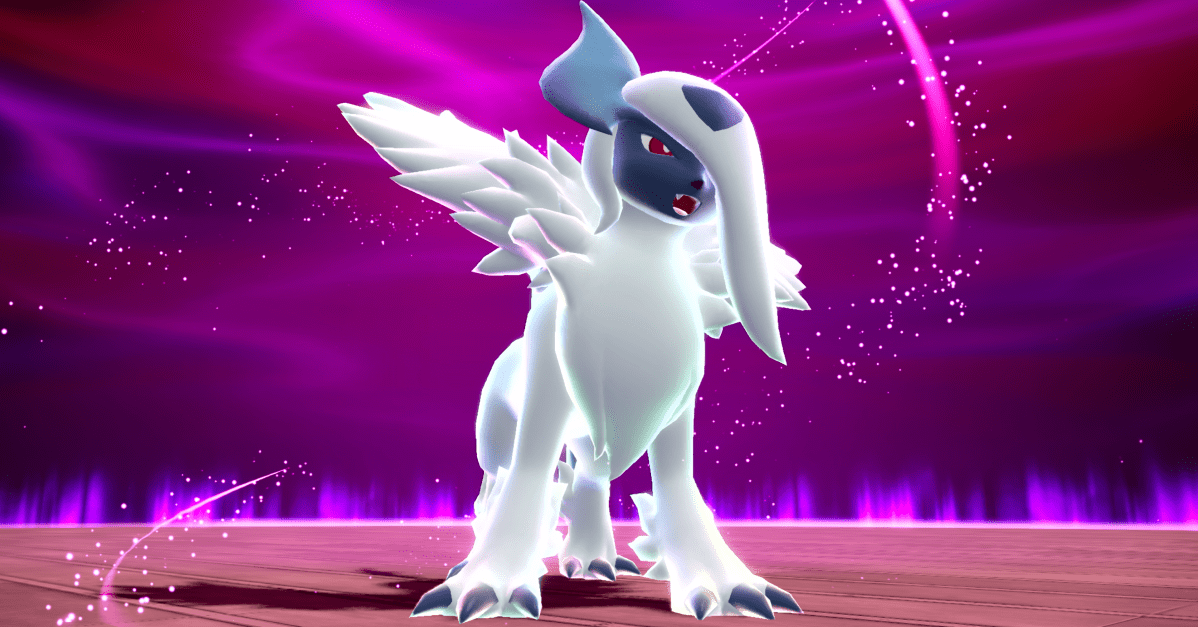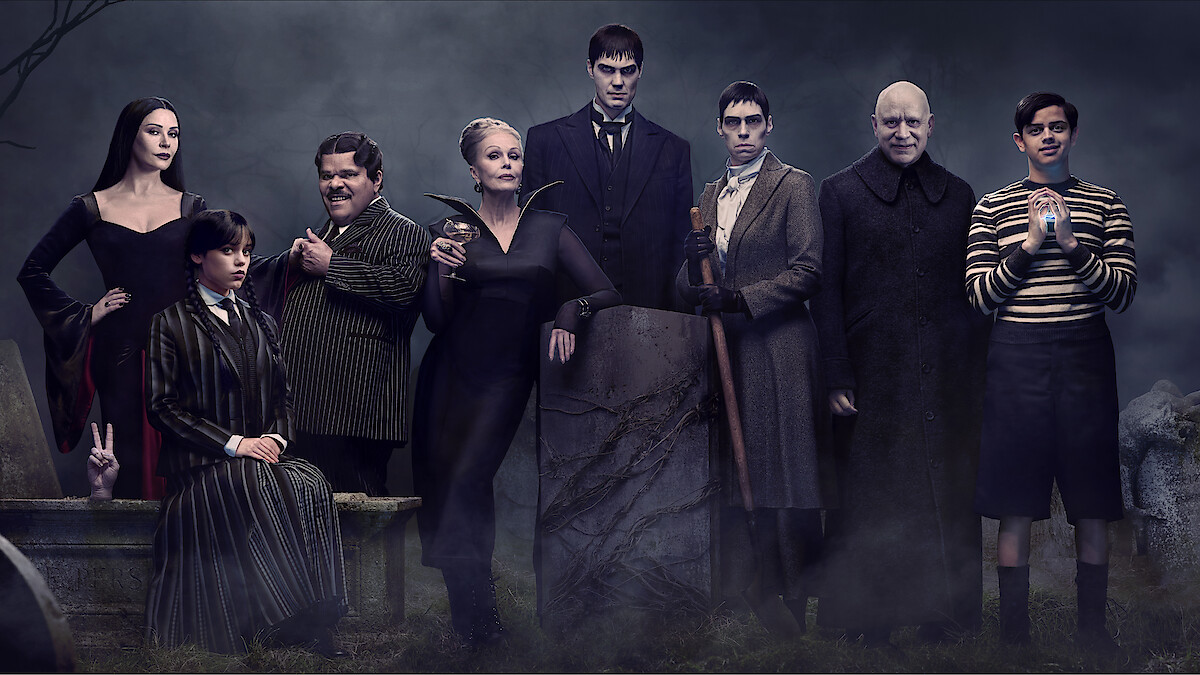Blog
For Legends: Z-A’s battle system, I rewired the Pokémon part of my brain

Even if you’ve never played a Pokémon game before, you can probably figure out how the type chart works. Fire types are weak to water types, water is weak to grass, and grass is weak to fire. Type matchups are foundational to Pokémon battles, far before you get into the weeds of stats and strats. I’ve had the Pokémon type chart memorized for around 25 years.
That still didn’t stop me from making a rookie error in Pokémon Legends: Z-A. I panicked and sent out my Weedle against an NPC’s Pidgeotto, which it is very much weak to. It got one-shot, obviously.
It’s not that I forgot how type matchups worked. But the battle system in Legends: Z-A is very, very different from what I’m used to, at least with Pokémon. It’s the second entry in the Legends spinoff series, which began with 2022’s Pokémon Legends: Arceus, and while the Legends games are still RPGs like the main Pokémon games, they mechanically and structurally diverge a bit from the typical Pokémon formula. And Z-A takes it further than Arceus did: it’s the first Pokémon RPG to feature real-time battles instead of turn-based ones.
In the main series, you choose your actions turn by turn, taking time to think through the options — the right attack to use, whether to switch out for another pokémon, what the opponent might be planning — before locking something in and seeing how it plays out. In Legends: Z-A, on the other hand, you’re facing your opponent more directly. There’s no waiting for both opponents to lock in their actions for the turn; you just pick your pokémon’s move using one of the face buttons, and the move goes out.
It’s a big departure from nearly 30 years of Pokémon games. I’m used to thinking about Pokémon like a chess match, slowly and several steps ahead; in Z-A, I had to think about the same type matchups and stats and everything else, but quickly and on my feet. It took me some time to adjust.
The demo, which I played ahead of the 2025 Pokémon World Championships in Anaheim, California, was split into two parts lasting around 10 minutes each, both seemingly early in the game and heavily focused on the new battle system. In the first part, I tried my hand at the Z-A Royale, which had me battling NPC trainers around Lumiose City at night. In the second, I battled a Rogue Mega Absol, which felt like the Pokémon version of a classic 3D Zelda boss. In the second part of the demo, I started to get the hang of this style of battling, and what was at first a little overwhelming quickly became an alluring kind of challenge: rewiring the Pokémon part of my brain.
The first big change I had to contend with: since battle in Z-A is in real time, moves are on cooldown timers. You can’t just spam the one super-effective move you have over and over; you have to figure out what else you can do while you wait to use that attack again. Even against very low-level opponents, I found myself relying on status moves like Growl, which lowers the opposing pokémon’s attack stat, as a buffer while my other moves were on cooldown. This had the added bonus of allowing my pokémon to take more hits, buying me some time both for the cooldown and to think.
Using status moves like this isn’t unusual when playing the core Pokémon games at a high level, but it is very unusual against a run-of-the-mill Bellsprout early in the game. I didn’t have enough time in the demo to really play around with it, but I can see myself carefully selecting each pokémon’s moves to account for the cooldown, like ensuring I have Protect on more of my pokémon to block incoming attacks. In other Pokémon games, I’d absolutely teach my pokémon Protect if I was building a competitive team, but I would almost never do it just to play the main story.

Image: The Pokémon Company
It’s not that battles in Legends: Z-A are unforgiving. (I did get smoked by the Pidgeotto, but in my defense, it was also at least 10 levels higher than the pokémon on my team.) But after years and years of approaching every mainline Pokémon game the same way, operating at least a little bit on autopilot and muscle memory in the early game, it’s kind of an exciting challenge to have to look at Pokémon differently.
The battle against Rogue Mega Absol — a wild, rampaging Absol that can Mega Evolve on its own — was similar to the NPC battles in that way, but far more hands-on. Unlike in battles against other trainers, wild pokémon can damage both your pokémon and your character, so you have to physically dodge and move around the arena while selecting your pokémon’s moves, keeping an eye on everyone’s health, and juggling cooldowns. (Using items like Potions is also on a cooldown.) Landing hits on the Rogue Mega causes it to drop orbs of “Mega Energy,” which you have to run and pick up in order to charge up a gauge to Mega Evolve your own pokémon and deal more damage.
It’s even more to balance, but I didn’t find it overwhelming, somehow. In this case, I had a Lucario at my disposal, and it had super-effective moves while also resisting Absol’s attacks, which helped. Lucario already knew Protect, too, so I got to take advantage of the strategy I had just developed in the Z-A Royale. And it’s also a familiar style of boss battle in games more generally, even if it’s different for Pokémon. It was more involved and felt more dangerous than the trainer battles, but I felt competent at it relatively quickly (especially compared to the Pidgeotto incident).
Maybe it’s just a typical learning curve, and I’ll very quickly develop an updated kind of autopilot for the easier parts of Z-A. But I really did like having to think actively about Pokémon in a way that I usually save for competitive play. I hope the game can sustain that for longer than a demo, and that I’ll get to build on the Pokémon knowledge I’ve been amassing for years, rather than just passively flexing it.
Pokémon Legends: Z-A will be released for Nintendo Switch and Switch 2 on October 16th.












